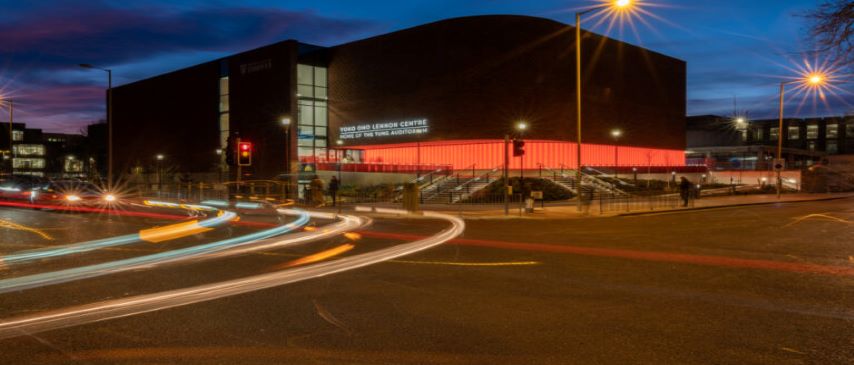
Chasing a comet - ESA's Rosetta mission: why, where and what now?
- 0151 795 5512
- James Briginshaw
- Suitable for: All with an interest in the subject.
- Admission: FREE
- Book now
Add this event to my calendar
Click on "Create a calendar file" and your browser will download a .ics file for this event.
Microsoft Outlook: Download the file, double-click it to open it in Outlook, then click on "Save & Close" to save it to your calendar. If that doesn't work go into Outlook, click on the File tab, then on Open & Export, then Open Calendar. Select your .ics file then click on "Save & Close".
Google Calendar: download the file, then go into your calendar. On the left where it says "Other calendars" click on the arrow icon and then click on Import calendar. Click on Browse and select the .ics file, then click on Import.
Apple Calendar: The file may open automatically with an option to save it to your calendar. If not, download the file, then you can either drag it to Calendar or import the file by going to File >Import > Import and choosing the .ics file.
Dr Taylor will talk you through the journey of the Rosetta Mission, the third cornerstone mission of the ESA programme Horizon 2000.
In March 2004 Spacecraft UTC was launched and after a number of gravity assists and various asteroid flybys, it entered deep space hibernation in June 2011.
Nearly 10 years after launch on 20th January 2014 UTC woke up from hibernation, and successfully entered into orbit around the comet and deployed Lander Philae to the surface.
The aim of Rosetta is to map comet 67-P/Churyumov-Gerasimenko by remote sensing and examine its environment, and evolution in the inner solar system. Lander Philae is the first device to land on a comet and will perform in situ science on the surface.
